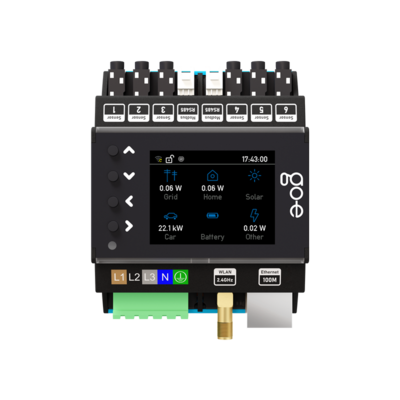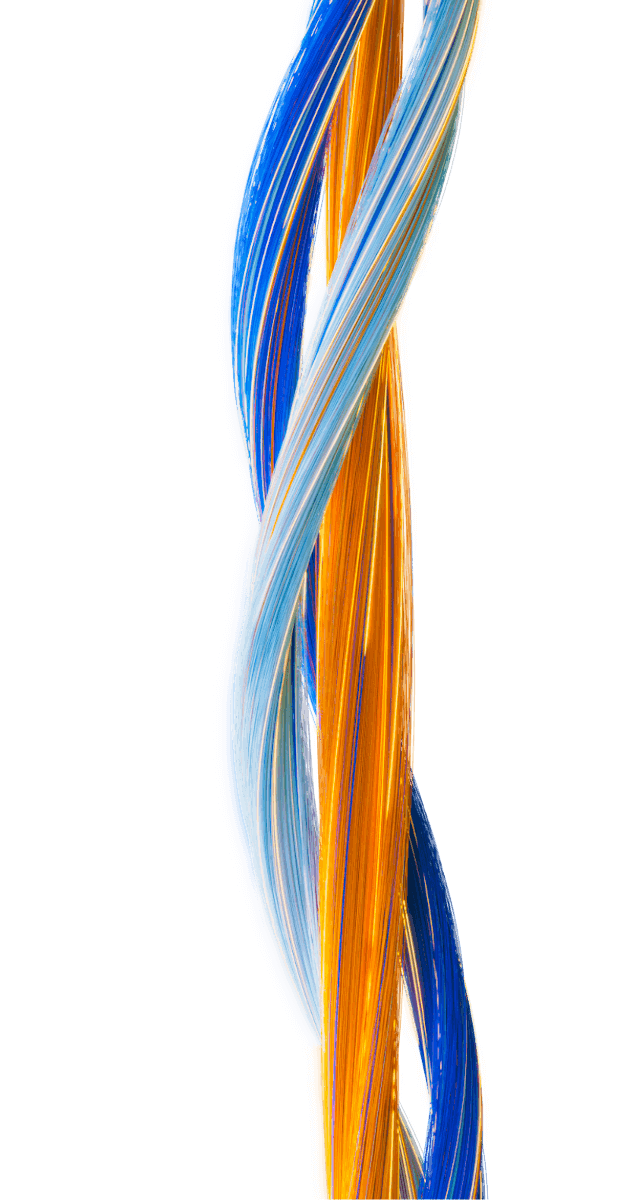Peak Shaving in EV Charging: How to Optimise Energy Use and Reduce Costs
Last updated:
As the electric vehicle market continues to soar, more and more people are jumping on board with this sustainable and, well… truly revolutionary kind of transportation. But it's not all that simple and easy. With every new EV driver, the matter of charging grows, as well as the issues related to energy management.
What can you do about it? Peak shaving is one option.
If you have never heard of it or know only vaguely what it means, you are in the right place. We are going to show you what peak shaving is and why it is essential for EV owners and, basically, the whole world.
What is Peak Shaving?
There is quite a lot of confusion around this term. And while some don't know its meaning, others think it's just another name for load shifting, which it is not.
To put it simply, peak shaving means reducing or smoothing out sudden spikes in electricity consumption (load peaks) to help balance supply and demand for energy in the power system. When there is a sudden surge in electricity demand, such as on a hot summer day when many people turn on their air conditioners, it can lead to overloading of the grid and power outages or blackouts.
To avoid this, the power grid infrastructure must be built to withstand as much load as possible, even if it occurs only for just a few seconds a day.
What is the difference between peak shaving and load shifting?
- Load shifting is normally used as an EV charging related term. It means scheduling electric vehicle charging to occur during periods of low demand on the power grid, or so-called off-peak hours, instead of during times of high demand.
- Peak shaving, on the other hand, involves limiting the charging rate of electric vehicles during peak periods of high demand.
Note: In fact, the term "peak shaving" wasn't created along with the development of electric vehicles. It had existed for many years before that. However, for a long time, it was only relevant for large commercial and industrial power users.
Why Peak Shaving is Valuable for Companies
Frequent power outages caused by grid overloading can result in significant economic losses. However, upgrading the grid to increase its capacity requires considerable investments. That sounds like a double-edged sword with potential financial costs at both ends, doesn't it? So trying to find the middle ground, energy companies started encouraging businesses to reduce their peak power use by pricing it based on their maximum power load.
Let's say two companies use 10,000 kWh per month. But one company uses 30 kW at a time, the highest, while for the other one, the peak energy demand is 70 kW. As a result, according to the so-called demand charges, the second company will pay more because it puts more pressure on the grid, even if it's a matter of seconds.
Or maybe your company doesn’t have significant electricity demands, but you recently came up with a cool idea to offer free charging to your customers and employees who drive electric cars. That could increase your peak performance quite noticeably. The fact is that charging electric vehicles usually requires much more energy than using conventional office equipment such as computers, printers, projectors, etc.
What are Load Peaks and Why are They Expensive?
Load peaks refer to the times of day when energy demand is at its highest. This typically occurs in the late afternoon and early evening when people return home from work and turn on lights, washing machines, and air conditioners. During these times, electricity demand can far surpass the capacity of power plants, resulting in the use of expensive peaking power.
At present, private consumers cannot experience the same benefits of peak shaving as large companies, as electricity prices for them do not usually vary in this way.
But think of it as a future-proofing solution. The more people who take care of peak shaving now, the less likely it is that grid operators will raise electricity prices to upgrade the entire electricity supply system. Electricity providers are also considering basing the electricity costs for charging on the amount of charging power. This is definitely an option for the future. Furthermore, even when the cost per kWh is eventually affected by peak loads, you will enjoy worry-free car charging and low bills if you have necessary equipment for charging your electric car.
How does Peak Shaving Work in EV Charging?
You can use a power peak shaving strategy if you charge your electric vehicle at home or your company has a fleet of chargers.
Now, how can you do it?
If you have a smart wallbox like our go-e Charger, you can set the kW limit for your charging and be sure you never stress your power grid too much. This can work if you have more than one or two go-e Chargers as well. Simply set a limit for each of them and for the entire group in the go-e app or via backend system.
An energy management system, such as our go-e Controller, provides even greater control and flexibility over energy usage. It monitors currents in the whole building and adjusts charging power in real-time based on the pre-set limits, changing conditions and energy demands.
go-e Charger Gemini flex 22 kW

The intelligent wallbox can be used both stationary in the wall bracket and mobile. No electrician is required for the installation of the charging station. Charging power from 1.4 kW to 22 kW. 1-phase or 3-phase charging.
go-e Charger Gemini 11 kW

The compact wallbox for stationary use, at home or at the workplace. Simple installation, intuitive operation and smart comfort functions. Charging power from 1.4 kW to 11 kW. 1-phase or 3-phase charging.
go-e Controller

The go-e controller enables you to improve self-consumption from your PV system and ensures with dynamic load balancing that your house connection is not overloaded.
Peak shaving with solar
Want to reduce your dependence on the grid and minimise your carbon footprint at the same time? PV surplus charging is your solution. It is not peak shaving in its original sense, but it does help to deal with energy peaks in the periods of high demand.
You have solar panels installed on your roof and although all your appliances are running fine, do you still have some energy left? Feed it into your electric vehicle at a desirable speed with the go-e Charger and the go-e Controller.
That way, when the sun goes below the horizon, your car's battery will be full or nearly full, and you won't need much power from the mains. This also means that limiting the charging power won't bother you, as it won't increase the charging time.
What Are the Benefits of Peak Shaving for Private EV Drivers?
Before, the electricity consumption of private homeowners was hardly a blip on the radar, as it was usually too low to cause any issues worth discussing. However, with the growing popularity of electric cars and home charging, private users are now a more significant part of the energy consumption puzzle.
As a result, owners of electric vehicles utilising peak shaving can now play a crucial role in:
- stabilising the power grid
- preventing blackouts during periods of high demand.
Using peak-shaving technology, EV drivers can adjust their charging power to avoid exceeding the grid's capacity, thus reducing the risk of power outages during peak hours. Furthermore, peak shaving is also about being an important part of the solution for ensuring reliable and sustainable energy distribution. In other words, by taking control of your charging habits, you're contributing to a greener and more efficient energy future for all.
Summary
To sum up, peak shaving effectively reduces electricity consumption during peak hours and lowers the overall cost of delivering power for energy suppliers. Monitoring electricity consumption with our smart combo – go-e Charger and go-e Controller – and reducing the pressure on the grid helps companies avoid the use of expensive peaking power plants.
When it comes to EV home charging, the importance of peaking shaving for private users will grow along with the growth of electric vehicles. Nowadays, by using our go-e Charger, you can contribute to the whole power system and reduce the risk of power cuts. That's significant enough, isn't it? And if you can't feel the benefit now on your electricity bill, you probably will in a couple of years' time.
